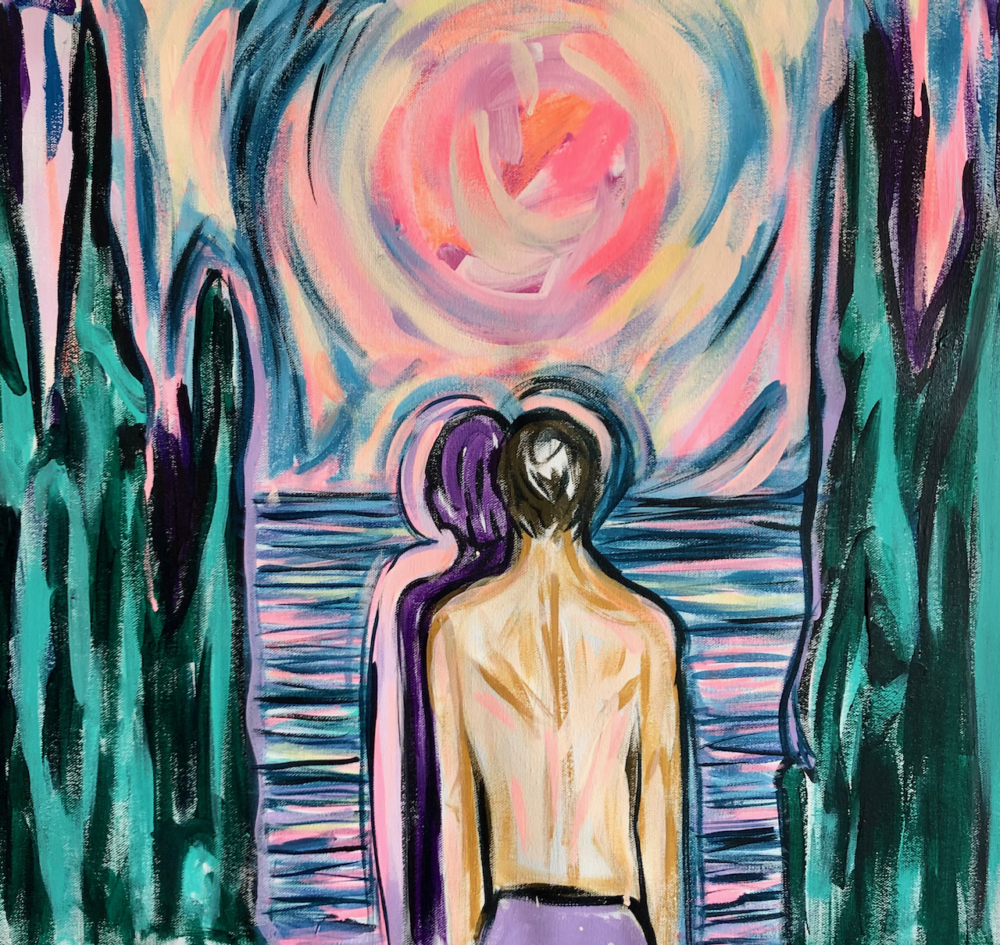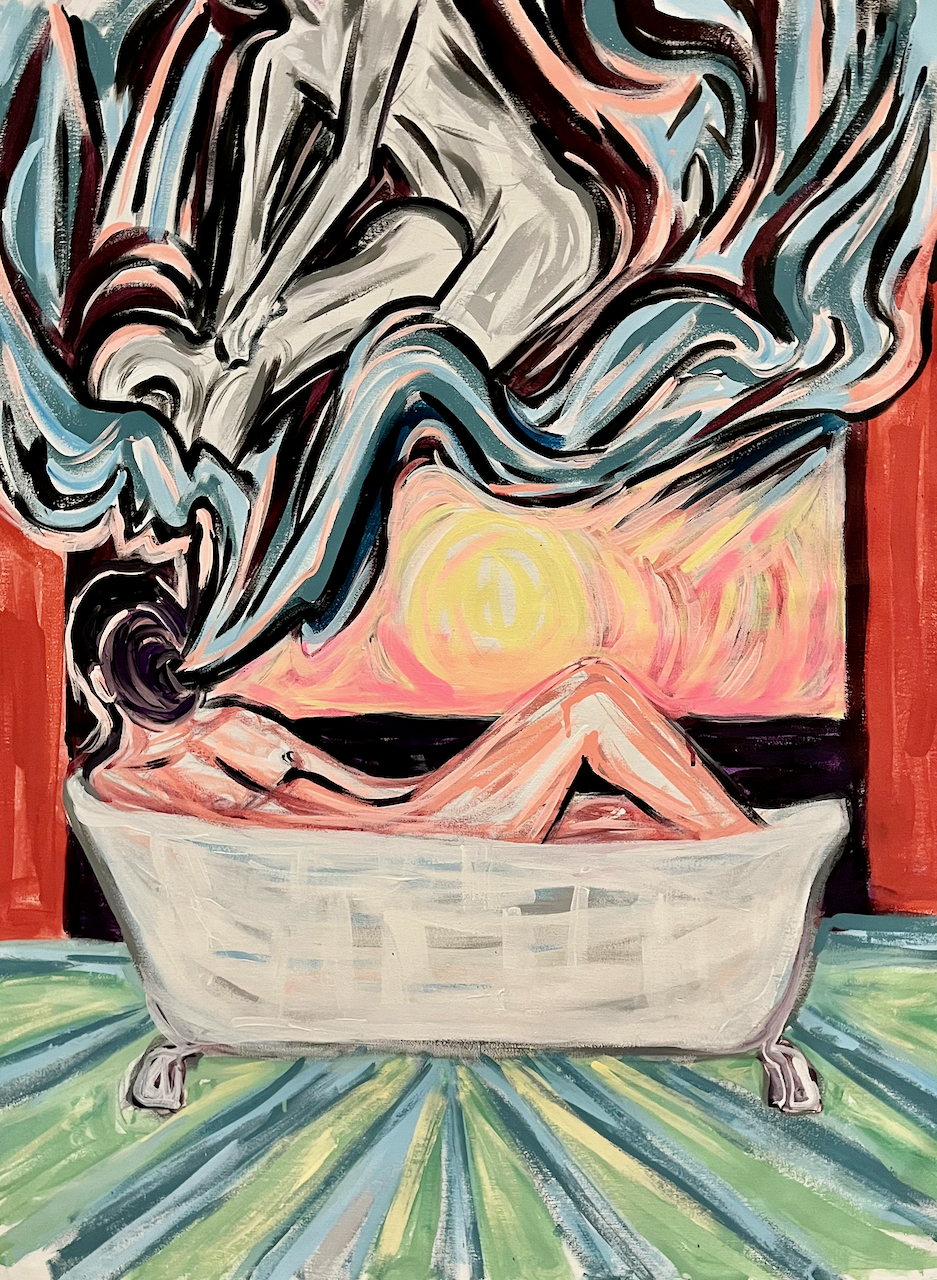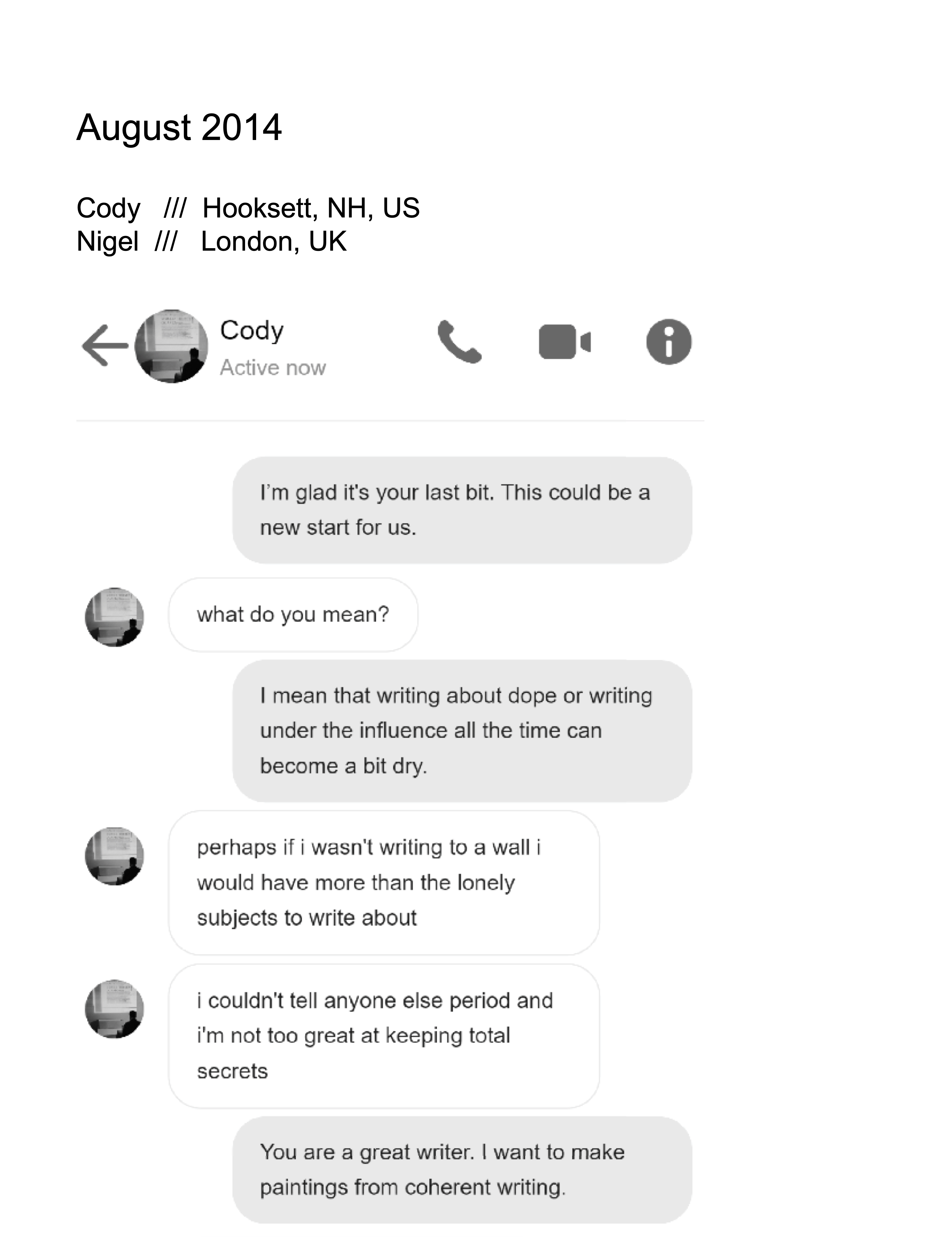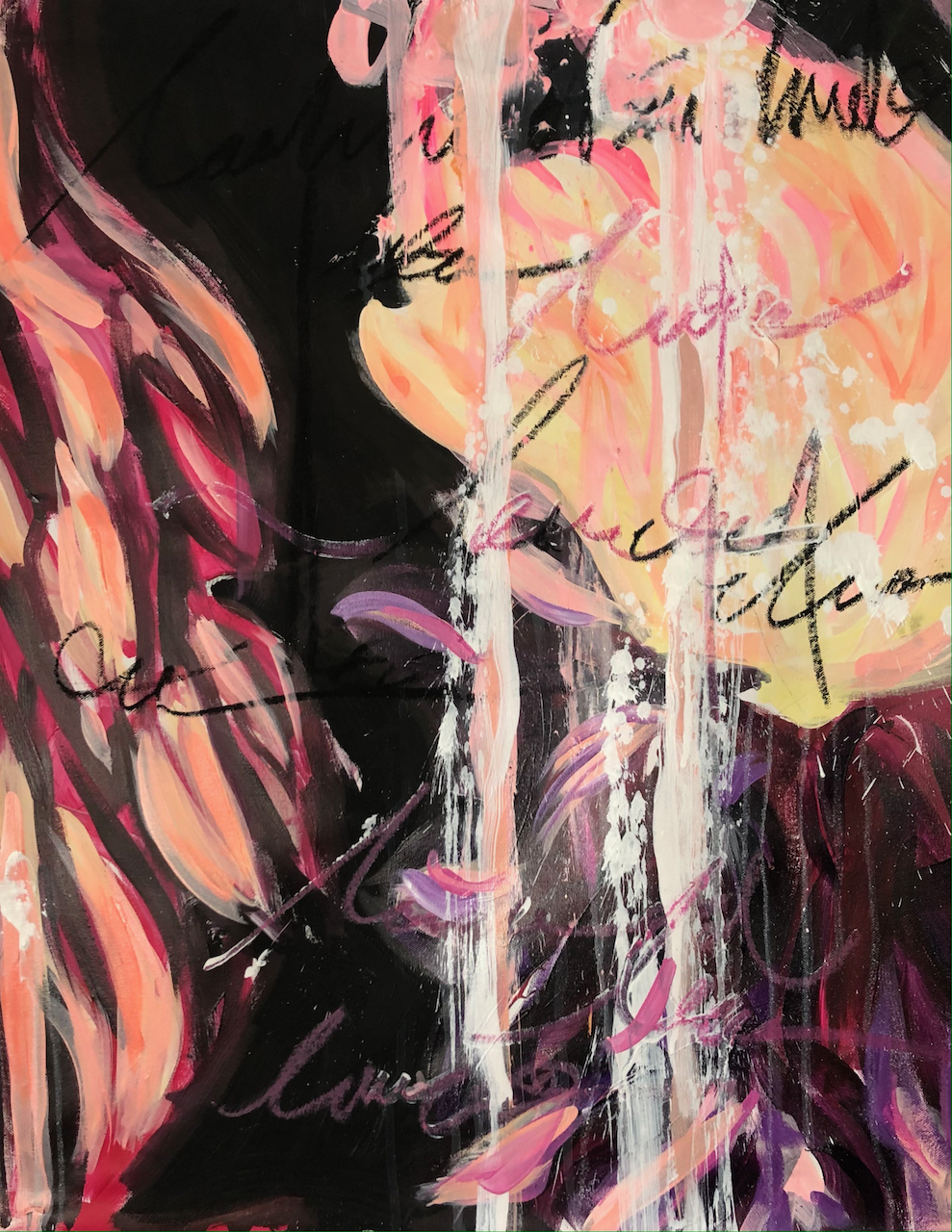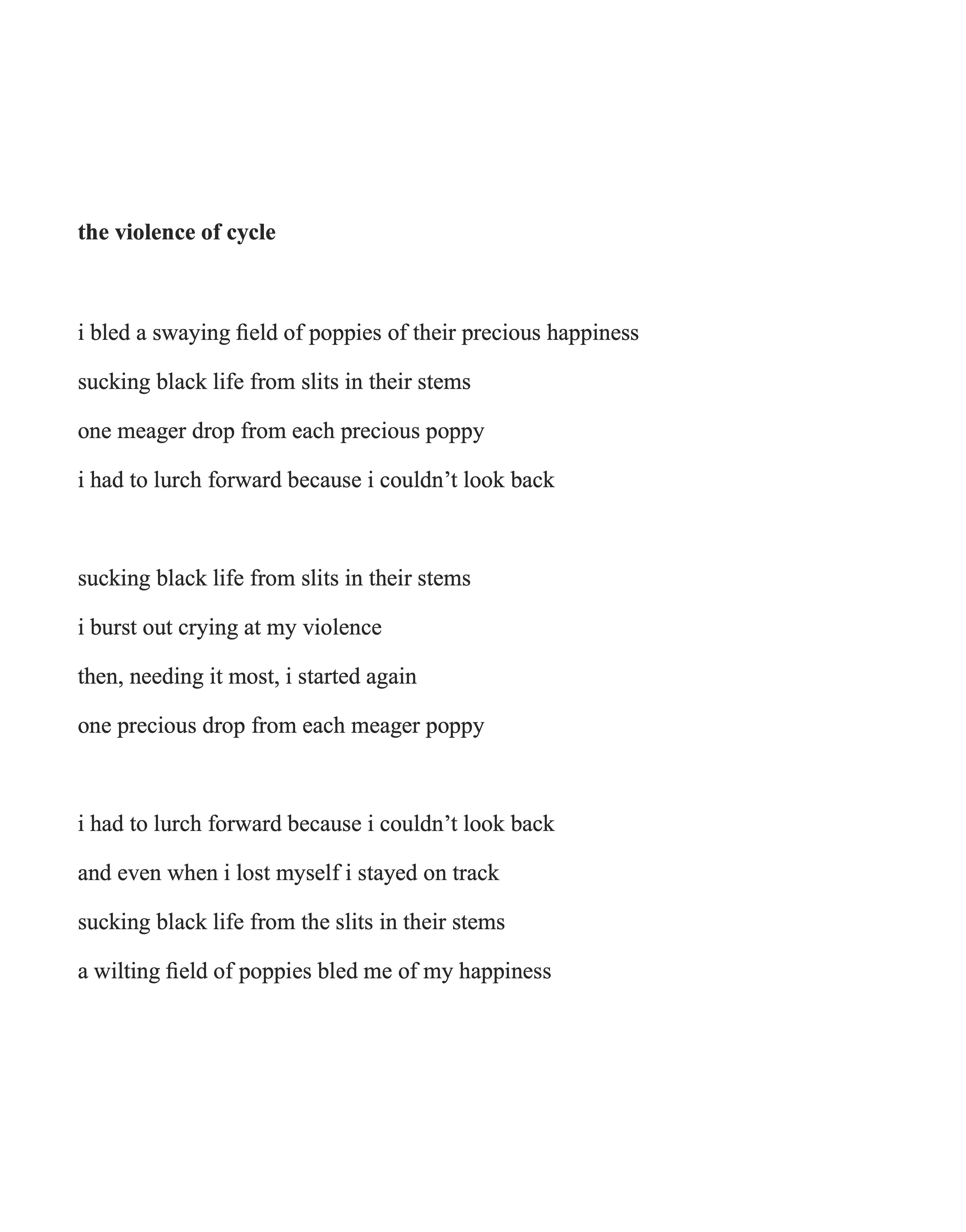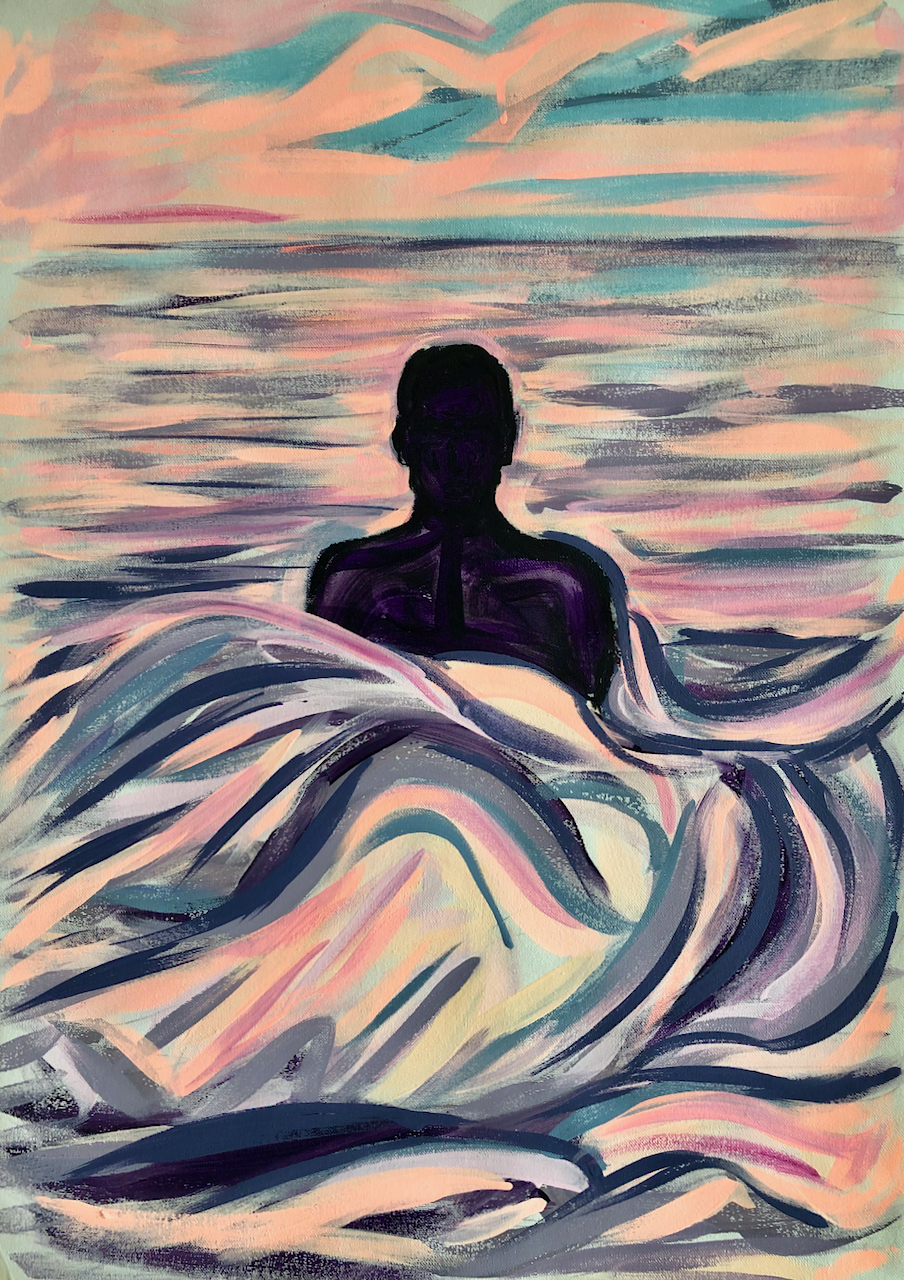In the twilight of the digital age, where the boundaries between reality and the virtual blur, “Triple Slash: ///” by Nigel Nolan and Cody Laplante emerges as a profound testament to the power of multimedia storytelling. It is a raw, unfiltered exploration of queer relationships, addiction, and the complexities of archiving one’s life in an era dominated by digital memory.
A Fragmented Narrative
“Triple Slash: ///” does not merely tell a story; it immerses the viewer into a living, breathing narrative cacophony. Viewers are thrown into the middle of a conversation between Nolan and Laplante, akin to hopping onto a speeding train. This non-linear narrative, reminiscent of doomscrolling through social media feeds, captures the fragmented yet interconnected essence of our digital existence.
The continuous scroll interface is both a technical marvel and a conceptual triumph. It mirrors the incessant flow of information that characterizes contemporary digital life, fostering an intimacy that feels at times voyeuristic and profoundly person, like peering behind the curtain of the highly curated aesthetics of social media, into the deep recesses of the digital consciousness. As we scroll, we are drawn deeper into the private worlds of Nolan and Laplante, experiencing their lives as a series of digital artifacts and vignettes.
Queer Intimacy in the Digital Age
At its heart, “Triple Slash: ///” is an exploration of queer intimacy, a theme often sanitized in mainstream discourse. Nolan and Laplante’s collaboration began online, blossoming into a friendship that defies geographical boundaries. Their exchanges, peppered with poetry, paintings, and videos, are a testament to the multifaceted nature of queer relationships.
Nolan recalls the beginnings of their collaboration with caution and eventual enthusiasm: “It started with Cody reaching out to me to do a collaboration. I was wary about jumping into a collaboration right away.” But Laplante’s work quickly convinced him. “I liked his poetry, and he seemed to like my work.” The mutual admiration laid the foundation for an intimate artistic exchange.
The project’s emotional depth is striking. Nolan, typically a private person, finds himself drawn into deeper levels of openness by Laplante’s candidness. “I had to step up to the plate.” Nolan recalls, quickly realizing the artistic exchange required a deep level of candor of which he was admittedly uncomfortable with at first. The dynamic fosters a reciprocal relationship where both artists push each other towards greater honesty and introspection. The rawness of their exchanges—discussions on addiction, mental health, and vulnerability—is as personal as it is political; a form of praxis in refusing to adhere to the overly sanitized and bureaucratic form of humanity that the contemporary world demands of us.
Nolan’s paintings, vibrant and expressive, serve as visual counterparts to Laplante’s poignant poetry. His use of color and mark-making emphasizes the individuality and immediacy of his artistic response, creating a dialogue between image and word that is both cohesive and richly textured. The inclusion of videos and electronic music further expands the sensory dimensions of the project, enveloping viewers in a multisensory experience that mirrors the immersive nature of digital media.
Addiction and Vulnerability
Addiction is a recurring motif in “Triple Slash: ///,” explored with an unflinching honesty that is both rare and necessary. Laplante’s struggles with heroin addiction are laid bare, not as a plea for sympathy but as a testament to his resilience and humanity. His willingness to expose his darkest moments encourages Nolan to confront his own vulnerabilities, creating a powerful narrative of mutual support and understanding.
This exploration of addiction is not confined to personal suffering but extends to the broader context of digital addiction. The continuous scroll, while engaging, is also a commentary on our compulsive engagement with digital devices. It reflects the dual nature of technology as both a bridge and a barrier, capable of fostering deep connections while also perpetuating isolation.
Archiving the Self
“Triple Slash: ///” is also a meditation on the concept of memory and self-archiving in the digital age. The project is a digital palimpsest, layering chat logs, emails, poetry, paintings, and videos to create a multifaceted narrative. This method of storytelling is profoundly contemporary, reflecting how we curate our digital selves through an amalgamation of various media.
Nolan emphasizes the significance of this digital archiving: “The authenticity of the work is in its documentation. Nothing was added, but only edited down. It’s a chronicle of our lives during the two-year period.” This act of archiving is both an assertion of existence and a means of self-preservation, underscoring the importance of preserving queer histories, which are often marginalized or erased in mainstream narratives.
Towards the end of the interactive multi-media piece, the reader/spectator learns of Cody Laplante’s untimely passing with Nolan in real time, and thus the work deepens even further. Nolan tells me the project is ultimately a testament to Laplante, to a promise he had made with the artist to see their collaboration through to the end. Triple Slash: /// is therefore, not only a story of humanity and vulnerability, but also a eulogy or an exaltation of sorts, an artistic ode to Cody Laplante, whose passion for collaboration and for mining the depths of the human experience is immortalized in vivid colour and prose in the juxtaposition of word and image.
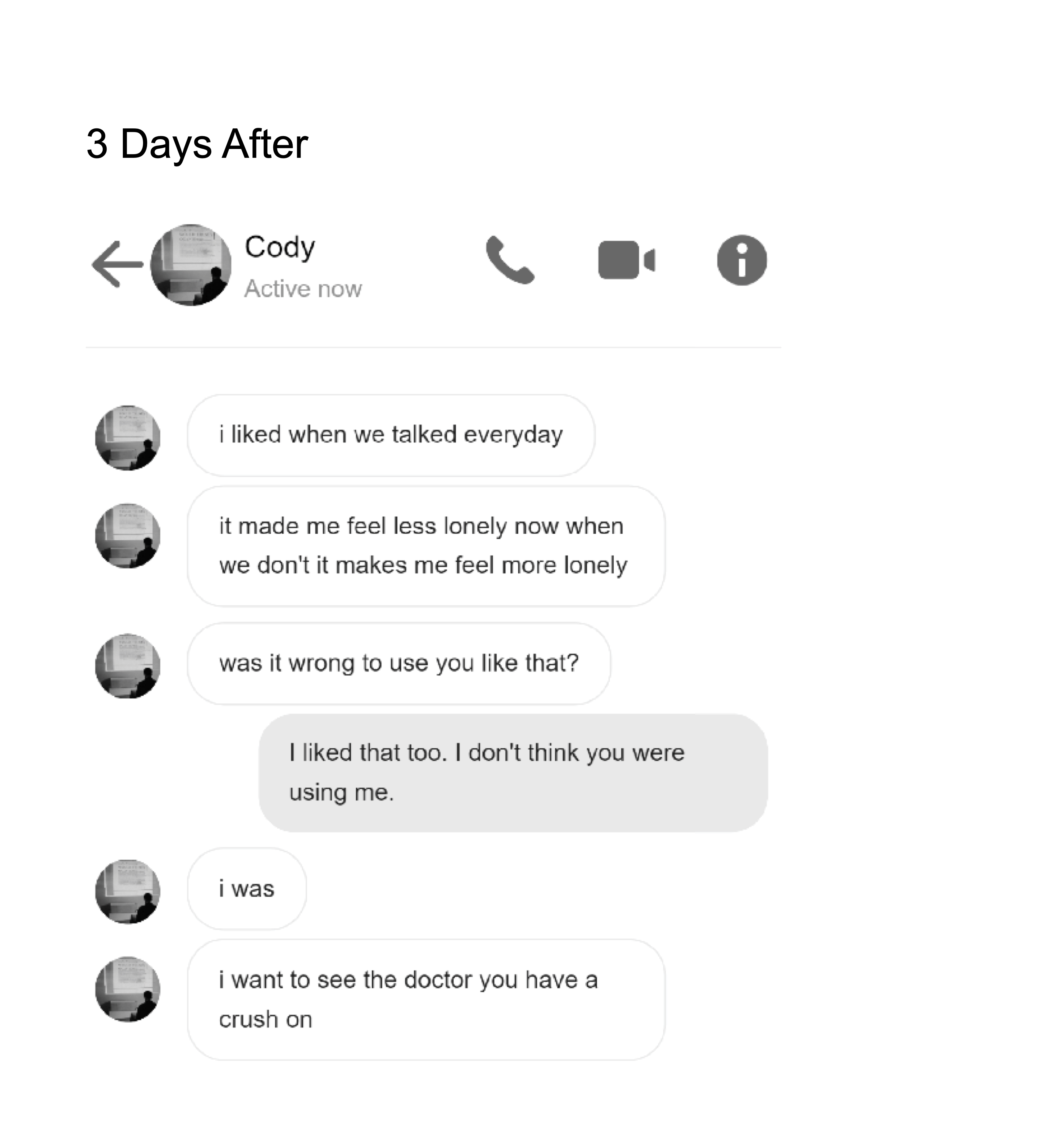
Pushing Boundaries
The project’s format, which Nolan describes as “not a book, but something akin to it,” blends the immediacy of social media with the depth of traditional narrative forms. This hybrid approach not only captures the essence of digital communication but also challenges the viewer to reconsider the boundaries of storytelling.
“Triple Slash: ///” is a groundbreaking work that pushes the boundaries of multimedia art. It is a raw, unfiltered exploration of queer intimacy, addiction, and the complexities of archiving one’s life in the digital age. Nolan and Laplante have created a piece that is both intensely personal and universally resonant, offering a powerful commentary on the human condition.
In an age where digital interactions often feel superficial, “Triple Slash: ///” reminds us of the depth and complexity that can emerge from these connections. It is a testament to the transformative power of art, a celebration of vulnerability, and a chronicle of a friendship that defies the boundaries of time and space. As we scroll through their lives, we are invited to reflect on our own, to confront our vulnerabilities, and to embrace the messy, beautiful reality of human connection.

Cody is the Editor in Chief and senior contributor at liminul.
He is a photography aficionado, fashion enthusiast, avid Lana Del Rey fan, and lover of all things aesthetically pleasing.

